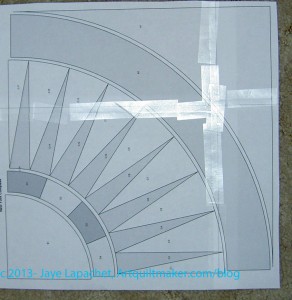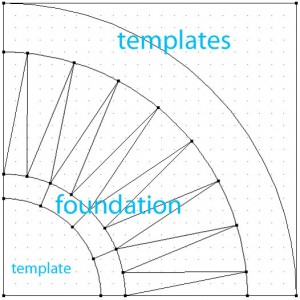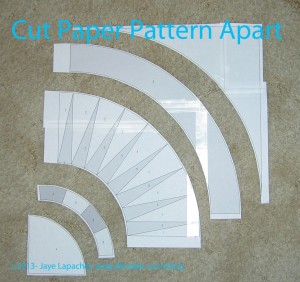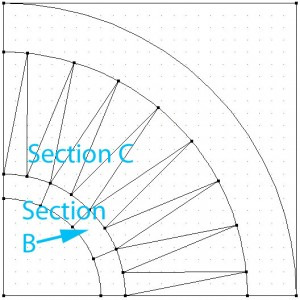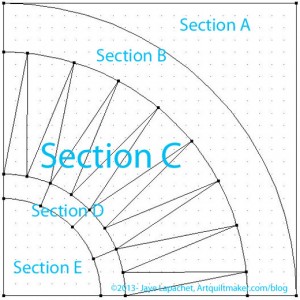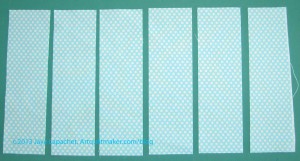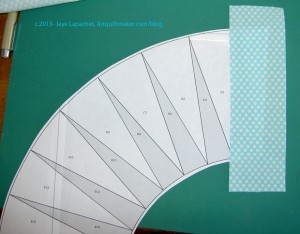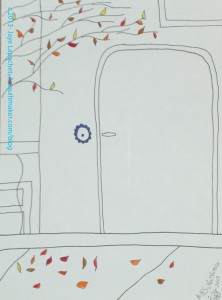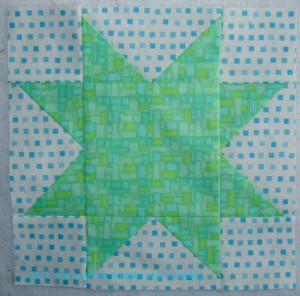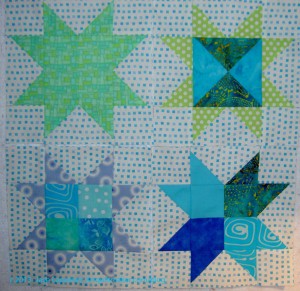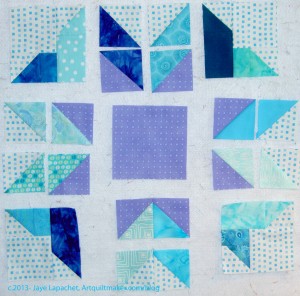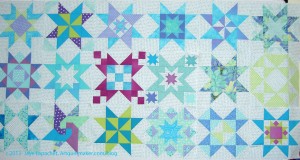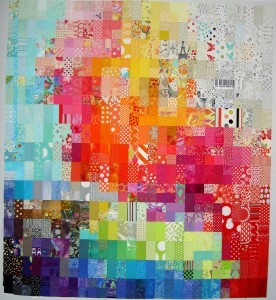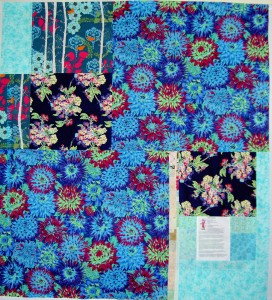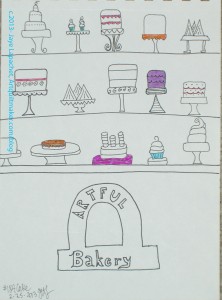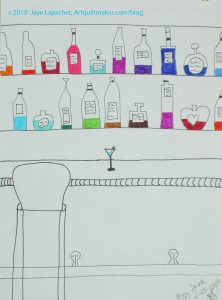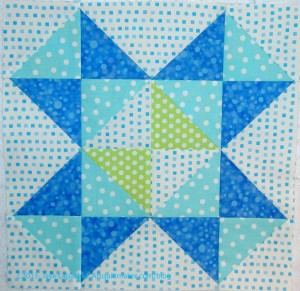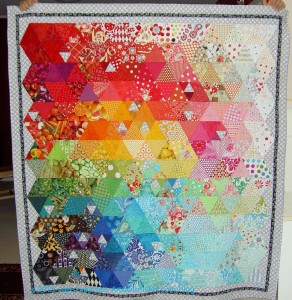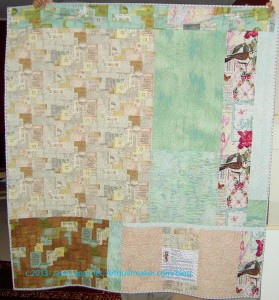Weeks Ringle issued some homework in her lecture at QuiltCon and then posted it to her blog for the rest of us. In a recent Various & Sundry post, I briefly mentioned the QuiltCon homework. I glanced at it first and thought I would pass it on, which I did in that post.
Then I went back and looked at it further and thought it would be a good exercise. I thought I would print and paste the homework into my journal and maybe write something about each section and make myself a better quiltmaker.
I decided that I would do it here for all of you to read. Won’t you join me?
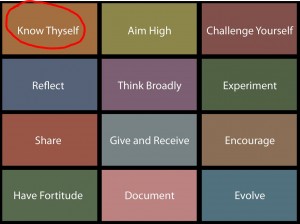
#1 is Know Thyself
Do you know yourself as a quiltmaker?
Weeks writes “Know thyself. Make a list of what you’re good at – use your strengths to develop your own techniques and your own pattern. Now make a list of things that you don’t know how to do – then figure out how to whittle away at this list to expand your skill set”
In order for me to make a list of what I am good at I first need to make a list of what I like and what is important to me about quiltmaking and relate it to myself.
- I like bright colors, so I work in bright colors. It might be good for me to try out some beiges, but I don’t like beiges. I have bought some chocolate browns lately, so I am considering that to be expanding my horizons into the realm of depressing colors because there is no way I am making beige quilts.
- I want to make cheerful quilts. I want to make quilts that make people sing in happiness. I want to make quilts that make people smile when they look at them. So what if they aren’t dignified?
- I don’t believe in the adage “buy ugly fabric, because it makes your pretty fabric look prettier.” To me, ugly fabric is just ugly. I have been down that road and refuse to do it again. Fabric is getting to be too expensive to buy what I don’t like.
- I like good technique, because *I* think bad technique can take away from the look of the piece. If that means making my half square triangles 1/8″ larger and trimming, so be it.
- I like to make well made pieces, because I don’t want my pieces to fall apart. I take my time in finishing and I rip out seams a lot.
- I don’t want to be categorized as making a certain kind of quilt. This is such a hard thing to explain. I want to make the quilts that I want to make in the style and fabrics I want to use. I don’t want to be a traditional quiltmaker, I don’t want to be labeled a modern quiltmaker or an art quiltmaker (ironic, huh?). I want to make the quilts the my mood dictates.
- I like to work on projects that I like. This is my hobby/passion/vocation, but I don’t get money from it, so I want to make what I want to make.
- I like to reshape ideas into my own. This might mean that I take a block from the 1930s and make it over in Martha Negley and Philip Jacobs prints.
- I think knowing quilt history is important. Kind of like that old saying “knowing history prevents us from repeating the past.” I like to remind myself that women came before me and have done all this before. I appreciate different ways of doing things and different tools to get the job done, but I have no illusions that I am doing anything brand spanking new that nobody has done before. I have block books, so I can try and figure out who did it before and where I might find more information on how they did whatever the task is. To recognize those quiltmakers who came before me makes me feel like I am part of something.
- I think it is important to step up. People before me shared tips and tricks. I have some knowledge and I might as well share it. The blog makes it easier. That is why I work with Sandy on her podcast, post tutorials, etc.
- It is important to support the community. I don’t mind sharing my tutorials. I want everyone to make quilts, buy fabric. Perhaps some of that karma will come back to me someday.
- I don’t like it when people steal from my blog. It hurts when I have spent a long time working on a project and taking the time to post.
- I find it important to use part of my quiltmaking time for charity. If I can’t make a quilt, I’ll make a quilt top. If I can’t make a top, I’ll make some pillowcases. There is always someone who needs to know that someone else cares. I think charity/donation quilts should be pretty. While I am making them, I can learn something new or try out a new pattern I normally wouldn’t work on.
As a result of the above, here is my to do list. These are not resolutions; these are things I will work on over the next 50 years.
To Do:
- Be more patient
- Practice curves
- Don’t let my fabric sit around.
- Get back to that Pineapple quilt.
I am sure I will think of more, but this is a start.
*No copyright claimed to Weeks Ringle’s chart of points.


